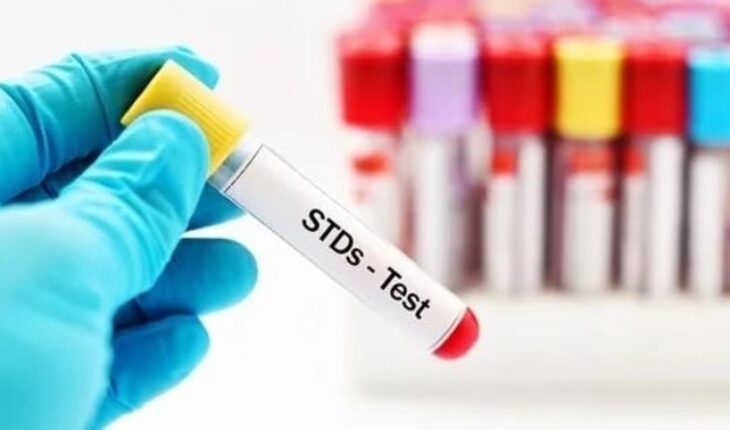London : Sexually transmitted infections surged across Europe in 2022, with reported cases of gonorrhoea jumping by nearly a half, the European Centre for Disease Prevention and Control (ECDC) said as it released its most recent data on Thursday.
Syphilis cases rose by 34% from the previous year, to more than 35,000, chlamydia cases by 16% to more than 216,000. Gonorrhoea cases jumped by 48% to more than 70,000.
“The numbers paint a stark picture, one that needs our immediate attention and action,” said ECDC director Andrea Ammon in a press conference on the data.
Untreated STIs can lead to a range of health problems including chronic pain, infertility and, for syphilis, neurological and cardiovascular complications.
Cases of lymphogranuloma venereum (LGV) and congenital syphilis, when the infection is transmitted from mother to foetus, also increased sharply, ECDC said, although from lower levels.
Rates of STIs have been rising for years in many countries, including in Europe, although this was stalled by Covid as most governments imposed social isolation measures, people stayed home and reporting rates fell.
A number of reasons were behind the sustained rise, ECDC said, including better surveillance and a rise in home-testing as well as an increase in riskier sexual behaviour.
A leap in infections among young heterosexual people in the latest data, and particularly young women, could be due to a change in sexual behaviour post-pandemic, the EU agency said.
It said there was no evidence yet that the rise in gonorrhoea infections was due to antimicrobial resistance, but said it would continue to monitor this. Ammon said the numbers were likely the “tip of the iceberg” as many infections go undetected.
European countries need to focus on testing, treating and prevention efforts, she said, and individuals need to take steps to protect themselves, particularly by using condoms, for example.





